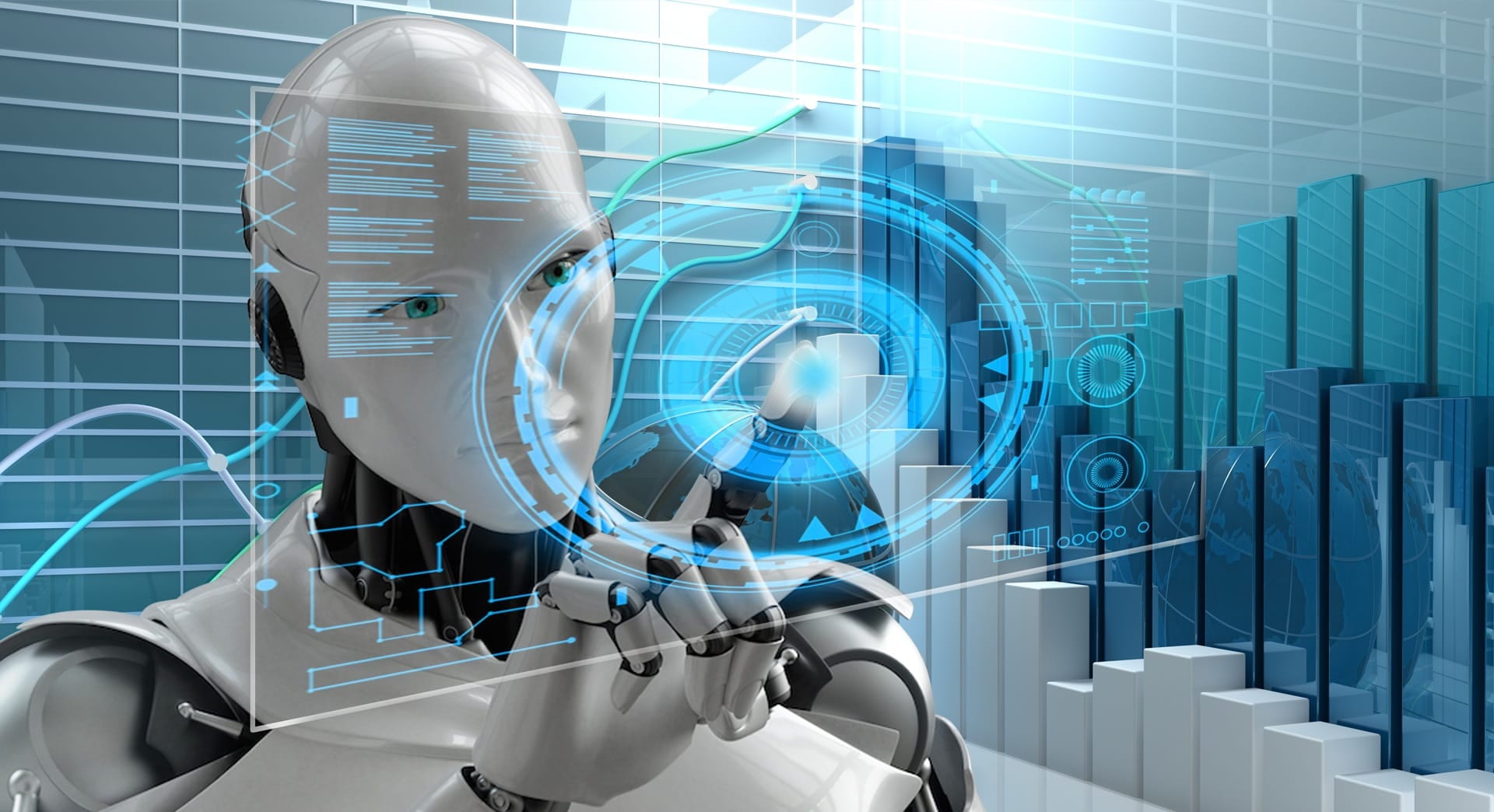The Future of AI in ITES

Introduction
Artificial Intelligence (AI) is revolutionizing industries worldwide, and the IT-enabled services (ITES) sector is no exception. With AI-driven automation, machine learning, and natural language processing (NLP), ITES companies are improving efficiency, reducing costs, and enhancing customer experiences. As AI continues to evolve, it is reshaping traditional workflows and setting new industry benchmarks.
This article explores how AI is transforming ITES, its potential impact, challenges, and what the future holds for businesses leveraging AI-driven solutions.
- AI-Powered Automation in ITES
AI is eliminating repetitive tasks and optimizing workflows in ITES companies. Automation is driving faster processing times, reducing human error, and increasing accuracy in various business functions.
Key Benefits:
– Faster data processing and management
– Reduced operational costs
– Increased accuracy and efficiency
Examples:
– Robotic Process Automation (RPA): AI-powered bots handle high-volume, rule-based tasks such as data entry, invoice processing, and customer query resolution.
– AI Chatbots: Companies use AI-driven chatbots to handle customer interactions, ensuring 24/7 support and improved customer satisfaction.
- Enhancing Customer Experience with AI
“The customer experience is the next competitive battleground.” – Jerry Gregoire
AI is transforming customer interactions in ITES by making them more personalized and efficient.
How AI Enhances Customer Service:
– Personalization: AI analyzes customer behavior to offer tailored recommendations.
– Sentiment Analysis: AI-driven tools assess customer sentiment in real time, allowing businesses to respond effectively.
– Voice Assistants & Chatbots: AI-driven assistants like Siri and Alexa enhance customer engagement and satisfaction.
- AI in Data Analytics and Decision-Making
AI is empowering businesses with data-driven insights. ITES companies process vast amounts of data, and AI-driven analytics tools help derive actionable intelligence.
Key Applications:
– Predictive Analytics: AI forecasts trends and customer behavior, helping businesses make strategic decisions.
– Big Data Processing: AI-powered tools analyze and extract valuable insights from large datasets.
– Fraud Detection: AI identifies anomalies and suspicious patterns, preventing fraudulent activities in financial services.
Example:
A leading ITES firm uses AI-powered analytics to optimize call center operations, predicting peak hours and improving workforce allocation.
- AI and Workforce Transformation
AI is not replacing human jobs but rather augmenting the workforce by automating mundane tasks and allowing employees to focus on higher-value activities.
Changes in Workforce Dynamics:
– Upskilling Employees: Companies invest in AI training to enhance employee skills.
– Human-AI Collaboration: Employees and AI systems work together to improve efficiency.
– Job Role Evolution: Traditional roles are shifting towards AI-integrated responsibilities.
For instance, AI-powered virtual assistants support HR teams by automating recruitment processes, allowing HR professionals to focus on strategic planning.
- Challenges and Ethical Considerations in AI Adoption
While AI brings significant benefits, it also presents challenges that ITES companies must address.
Key Challenges:
– Data Privacy Concerns: AI systems require large datasets, raising security risks.
– Bias in AI Algorithms: Poorly trained AI models may produce biased or inaccurate outcomes.
– Integration Complexities: Businesses may face difficulties in integrating AI with existing systems.
To mitigate these risks, organizations must adopt ethical AI practices, ensure transparency, and comply with data regulations.
- The Future of AI in ITES
The future of AI in ITES is promising, with continuous advancements in machine learning, NLP, and automation. Businesses that embrace AI will gain a competitive advantage and drive innovation.
Emerging Trends:
– AI-Powered Hyperautomation: Combining AI, RPA, and analytics to automate end-to-end business processes.
– Edge AI Computing: Processing AI workloads closer to the source, reducing latency.
– AI-Driven Security Solutions: Using AI to enhance cybersecurity and prevent cyber threats.
As technology evolves, ITES firms must stay ahead by adopting AI-driven strategies to improve efficiency, customer satisfaction, and business growth.
Conclusion
AI is redefining the ITES industry by automating processes, enhancing customer experience, and improving data analytics. While challenges exist, the benefits far outweigh the risks. Companies that invest in AI-powered solutions will achieve greater efficiency, profitability, and innovation.
With AI shaping the future of ITES, businesses must stay agile, embrace change, and leverage AI-driven technologies to maintain a competitive edge.

